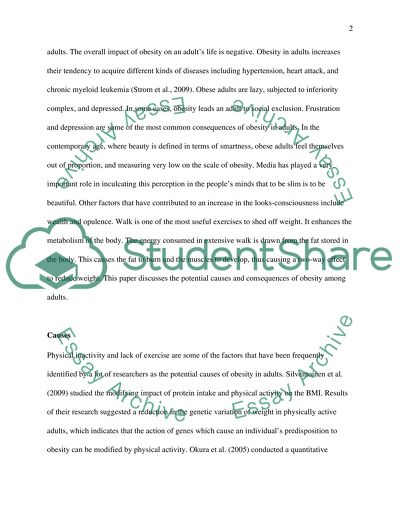Cite this document
(“Adult obesity: A literature review on the contributory factors and”, n.d.)
Retrieved from https://studentshare.org/nursing/1396830-adult-obesity-a-literature-review-on-the
Retrieved from https://studentshare.org/nursing/1396830-adult-obesity-a-literature-review-on-the
(Adult Obesity: A Literature Review on the Contributory Factors and)
https://studentshare.org/nursing/1396830-adult-obesity-a-literature-review-on-the.
https://studentshare.org/nursing/1396830-adult-obesity-a-literature-review-on-the.
“Adult Obesity: A Literature Review on the Contributory Factors and”, n.d. https://studentshare.org/nursing/1396830-adult-obesity-a-literature-review-on-the.


